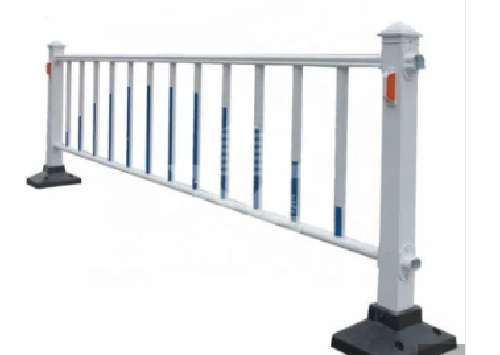Grounding Temporary Electric Fences Essential Tips and Guidelines
Temporary electric fences serve a variety of purposes, from protecting crops and livestock to managing land boundaries. While setting up a temporary electric fence can be straightforward, ensuring its effectiveness relies heavily on proper grounding. Grounding is the process of connecting the electric fence system to the earth, which is crucial for the fence to function correctly and safely. This article outlines the importance of grounding in temporary electric fences and offers practical tips for implementation.
Why Grounding Matters
Grounding is a fundamental aspect of electric fences, including temporary systems. When an animal or a person comes into contact with a charged wire, the electric current needs a pathway to return to the ground. If the fence is not properly grounded, the electric shock may be weak or nonexistent, rendering the fence ineffective. Furthermore, grounding minimizes the risk of electrical faults, which can lead to accidents or equipment damage. Therefore, ensuring a solid grounding system is vital for the safety and performance of your temporary electric fence.
Key Components of Grounding
1. Ground Rods The most common grounding method involves using metal ground rods. These rods should be made of conductive material, such as copper or galvanized steel, and driven into the earth. The length of the rods typically ranges from 4 to 8 feet, depending on soil conditions. The wetter the soil, the less depth is generally required.
2. Ground Wire A heavy-gauge wire connects the ground rod to the fence energizer. This connection should be secure and free from corrosion to ensure efficient current flow. Generally, a wire gauge of 8 or lower is recommended for the ground wire.
3. Placement The placement of the ground rod is crucial. It should be located as close as possible to the energizer to minimize resistance. For optimal performance, the ground rod should be situated in moist soil, if available, as dry soil can impede the grounding effectiveness.
grounding temporary electric fence

4. Number of Ground Rods Depending on the soil conditions and the size of the fence, one ground rod may not be sufficient. In areas with particularly dry or rocky soil, multiple ground rods may be necessary. As a guideline, you can start with one rod and add more if you notice decreased fence performance.
Installation Tips
- Test Your Ground After installation, it is vital to test the grounding system. You can use a fence tester to measure the voltage and ensure that the system is working effectively. A proper ground will show a voltage drop that indicates the current is returning to the earth effectively.
- Regular Maintenance Over time, environmental factors can deteriorate the effectiveness of your grounding system. Regular inspection of the ground rods, connections, and wiring will help you identify any issues before they become larger problems.
- Educate Yourself Consult local agricultural extensions or seek advice from professionals experienced in electric fencing. They can provide valuable insights and techniques specific to your geographic area and soil type.
Conclusion
Grounding is a critical aspect of temporary electric fences that is often overlooked. By properly grounding your fence system, you not only enhance its effectiveness but also ensure the safety of animals and humans alike. Remember to use the right materials, follow best practices for installation, and maintain your grounding system regularly. By taking these steps, you can create a reliable and efficient temporary electric fence that meets your agricultural or land management needs. Whether you're protecting livestock, marking boundaries, or managing crops, a well-grounded electric fence can serve as a formidable line of defense.
-
The Best Metal Mesh Solutions: Expanded Aluminum Metal vs. Expanded Stainless Steel Metal
NewsSep.10,2024
-
Round Perforated Sheets vs. Hexagonal Perforated Sheets vs. Embossed Perforated Sheet Metal
NewsSep.10,2024
-
Perforated Metal Sheets
NewsSep.10,2024
-
Experience The Excellence Of Stainless Steel Grating
NewsSep.10,2024
-
Discover the Versatility Of Metal Mesh Expanded Forming Machines
NewsSep.10,2024
-
Discover The Advantages Of Steel Grating For Sale
NewsSep.10,2024
Subscribe now!
Stay up to date with the latest on Fry Steeland industry news.

